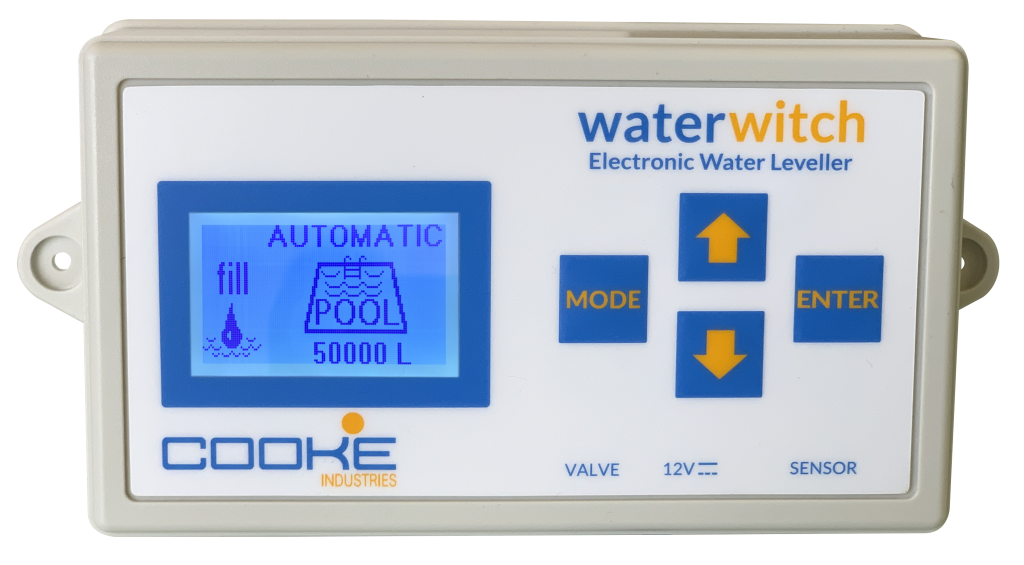Pool Chemical Maintenance
Your swimming pools water should be clear, healthy and safe for your family and friends. Correctly maintained water eliminates potentially harmful bacteria and protects your swimming pool and its equipment against corrosion and scale buildup.
There are two main aspects to maintaining healthy, clear swimming pool water:
- Water Sanitation
- Water Balance
Water Sanitation
Everything that enters your swimming pool, including bathers, leaves, pets and top-up water is a source of bacteria. To keep these bacteria under control, your pool water must be treated with a sanitising chemical, usually chlorine, and continuously filtered to remove dead bacteria.An adequate level of sanitiser residual will ensure that and new bacteria are quickly eliminated without affecting the quality of the pool water. Regular testing and addition of chlorine will help to maintain your pool at the desired residual level of 1.0 - 3.0ppm (parts per million)
Water Balance
Having the correct water balance is crucial to bather comfort, sanitiser performance and the longevity of your swimming pool shell and equipment .Chemical imbalance can cause corrosion and scale formation causing costly, unnecessary damage and preventing proper sanitation.
pH Level
- The pH is a measure of how acidic or alkaline the water in your swimming pool is.
- The pH scale ranges from 0 - 14
- 7 is the neutral pH (a value below 7 is acidic, a value above 7 is alkaline)
- For most swimming pools, the recommended range is 7.2 - 7.6, and 7.0 - 7.2 for fibreglass composite pools
- Swimmers, top-up / rain water and chemicals all affect the pH
- Sanitiser and pH levels should be checked daily and adjusted accordingly
- NZS5836-2010 gives a full recommended testing procedure for domestic pools
Alkalinity Level
-
The alkalinity level refers to the amount of carbonates, bi-carbonates and hydroxides in the pool water. They help to act as a buffer
against change in the pH level.
- The recommended range is between 60 and 200ppm, depending on the type of swimming pool
- Low total alkalinity can destabilise pH levels and erode concrete and painted pools surfaces
- High total alkalinity can cause pH to rise excessively
- Rain water and top-up water can affect total alkalinity of your pool
- To raise total alkalinity use sodium bi-carbonate
- To lower total alkalinity use acid
Calcium Hardness
- Calcium hardness is the level of dissolved calcium in your pool water.
- Calcium hardness should be maintained between 60 - 200ppm depending on the surface of the pool and equipment
- Low calcium can lead to corrosion of plaster and equipment
- High calcium can lead to scale formation
- Test you pools calcium level at least 6 times per year - more often if you use calcium hypochlorite



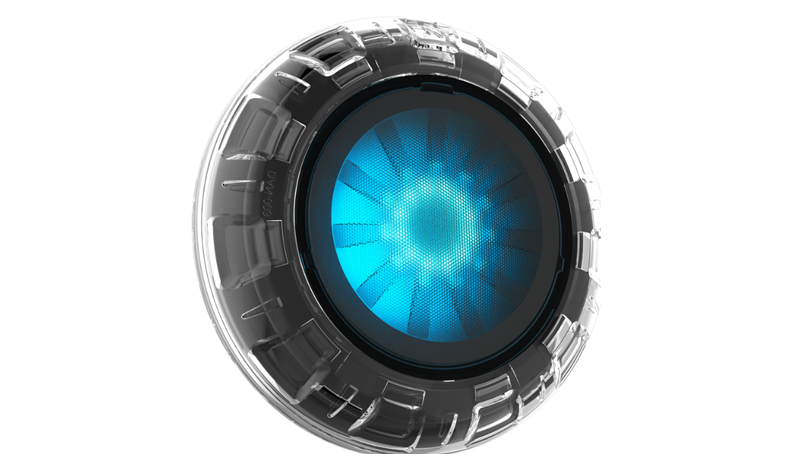

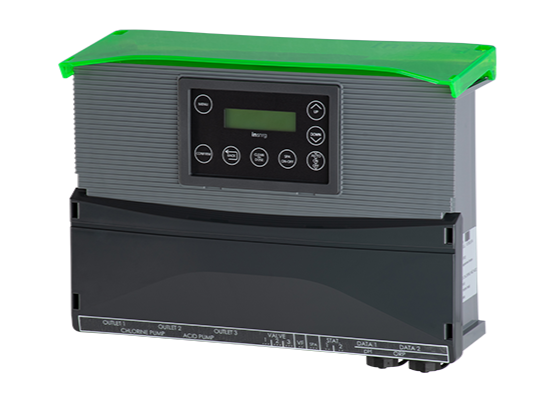

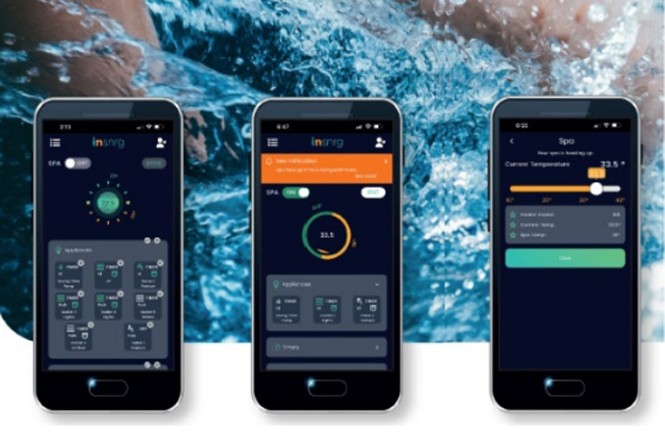
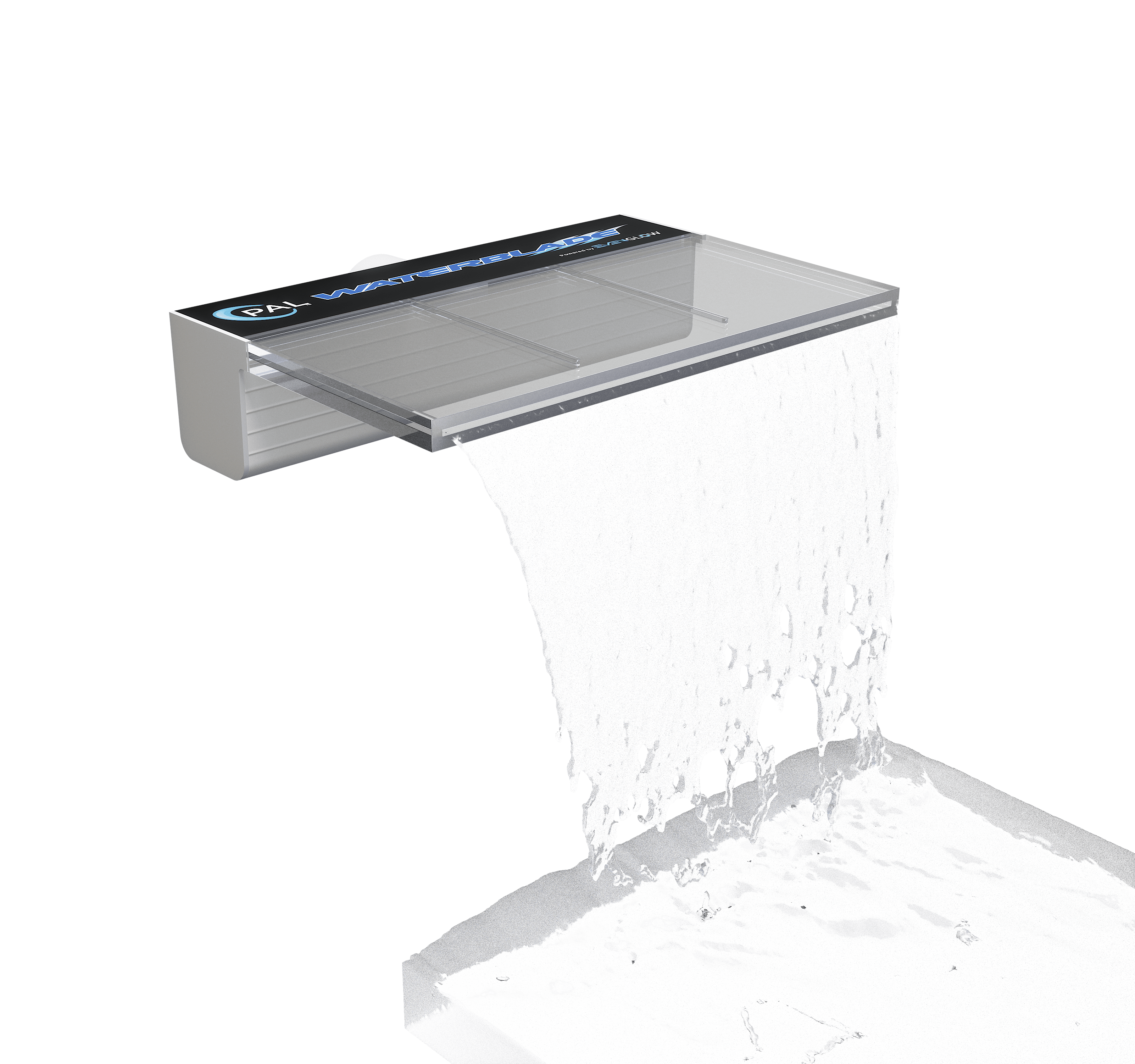




.png)
